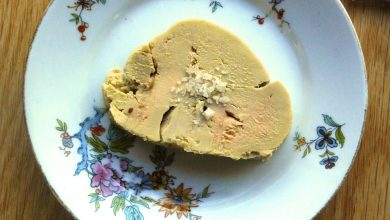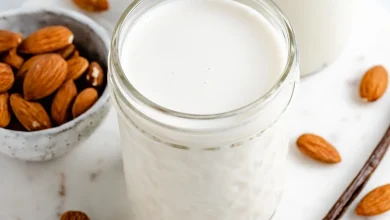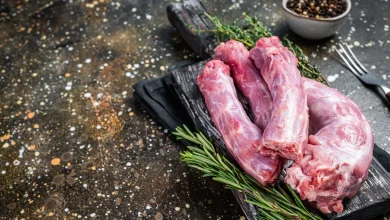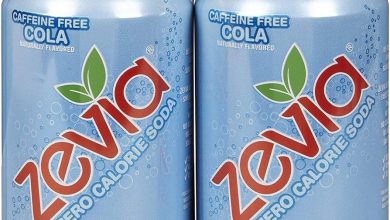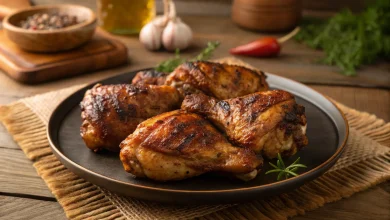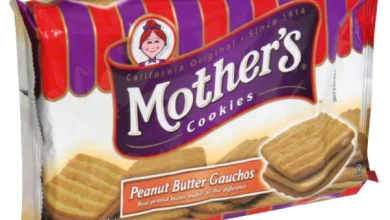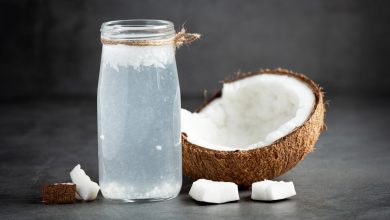Pumpkin Flowers (Cooked, Blended, Drenched in Salt Water)
Pumpkin flowers, often overlooked yet rich in nutrients, offer a light, flavorful addition to your meals. When prepared with simple cooking methods such as blending and drenching in salt water, they retain a significant amount of their health benefits, making them a wonderful choice for a nutritious side dish or garnish.
Nutritional Profile (Per 100g):
| Nutrient | Amount |
|---|---|
| Energy | 15 kcal |
| Protein | 1.09 g |
| Fat | 0.08 g |
| Saturated Fat | 0.041 g |
| Carbohydrates | 3.18 g |
| Fiber | 0.9 g |
| Sugars | 2.4 g |
| Calcium | 37 mg |
| Iron | 0.88 mg |
| Magnesium | 25 mg |
| Phosphorus | 34 mg |
| Potassium | 106 mg |
| Sodium | 242 mg |
| Zinc | 0.1 mg |
| Copper | 0.1 µg |
| Manganese | 0.0 mg |
| Selenium | 0.9 µg |
| Vitamin C | 5.0 mg |
| Thiamine (Vitamin B1) | 0.018 mg |
| Riboflavin (Vitamin B2) | 0.032 mg |
| Niacin (Vitamin B3) | 0.31 mg |
| Vitamin B6 | 0.05 mg |
| Folate | 41.0 µg |
| Vitamin B12 | 0.0 µg |
| Vitamin A | 87.0 µg |
| Vitamin E | 0.04 mg |
| Vitamin D2 | 0.0 µg |
Allergen Information:
Pumpkin flowers themselves do not commonly trigger allergic reactions; however, it’s important to note that the preparation of the dish (such as the use of saltwater or other ingredients) may influence its allergenic potential. Those with sensitivity to high levels of sodium or salt may want to moderate the amount added to the dish.
Dietary Preferences:
- Vegetarian: Suitable for vegetarians as they are plant-based.
- Vegan: A vegan-friendly option when prepared without animal-derived ingredients.
- Low-Calorie: Ideal for low-calorie diets due to its minimal energy content (15 kcal per 100g).
- Low-Sodium: While naturally low in sodium, the saltwater preparation method should be considered when monitoring sodium intake.
Culinary Advice:
Pumpkin flowers are delicate in flavor and texture, offering a subtle sweetness that pairs well with other light ingredients. When blending and drenching them in salt water, ensure the salt is not overpowering, as pumpkin flowers absorb moisture and can take on a briny taste. They are best enjoyed in light salads, alongside fresh herbs, or as an accompaniment to a variety of cooked dishes.
In terms of storage, pumpkin flowers are highly perishable and should be consumed soon after preparation to retain their freshness and flavor. If you plan to store them, it’s best to refrigerate them in an airtight container for up to two days.
Conclusion:
Pumpkin flowers are a nutritious and versatile ingredient, offering an array of vitamins, minerals, and antioxidants. Despite their light calorie content, they provide a valuable contribution to your diet, making them an excellent choice for those seeking to incorporate more plant-based foods into their meals. Whether as a simple side dish or an integral part of a larger meal, these blossoms will enhance both your plate and your health.



